By Eva Dwight, BA, MEd, ACC
www.creativecoachingconversations.com
A Positive Discipline educator recently posted the observation that we all want our children to be good problem solvers…but we don’t seem to want them to have any problems. I thought that was really interesting, and so true. Why is that? Because there’s nothing harder, I think, than watching my child struggle. I want to jump in there and fix it for him so he can just have it easy and not get discouraged and…um…not learn any survival skills. Wait, that’s not what I want!
Part of it is the fear that he won’t be strong enough, resilient enough, confident enough in himself, to push through and make it work. And hand-in-hand with that fear comes the realization that if I want him to be strong enough, resilient enough, and confident enough, I need to let him struggle. Rather than fix the problem, I need to help him understand the choices he has in addressing the problem so he can fix it himself. It is my job to make sure he takes steps toward addressing the problem so he doesn’t get stuck in the belief that the matter is out of his control.
That’s a fine line to walk, I’ve found. Some parents fall off the line on the too-much-help side while others jump off on the no-help-at-all side. The over-helpers risk raising kids who expect parents to do it all for them and have no resilience when they encounter obstacles that their parents can’t overcome for them. The under-helpers tend to threaten and punish when the child doesn’t take appropriate action but don’t provide the support structure the child needs to take the appropriate action.
When I fall off the line, it tends to be on the over-helping side. I am getting better at reminding myself that I need to put support in place but my son needs to do the work. This past year was a particularly challenging one in that department. My son was operating under that myth that “smart kids don’t need to ask for help.” My husband and I knew he was not going to make it through the year in chemistry without going in for extra help. In past years, he’s been willing to let me pave the way by emailing the occasional teacher and asking when they were available for a make-up test or a little extra help, but he made it very clear that this year, as a sophomore, we needed to let him handle it. If we had left it at that—fallen over onto the under-helping side of the line—I believe he would have let himself fail. Sucking it up, overcoming his shame at not understanding the material, those were pretty tough obstacles and I don’t know that he would have climbed over them.
The support structure we put in place was built over 15 years of following through on what we said we’d do. So when he said, “Let me handle it,” we said, “Ok, but if it looks like you’re not, you will be signaling us that you are not ready for the responsibility so we will step in and make sure that you do handle it.” We had a discussion—several, actually, throughout the year—to determine what “handling it” would look like and how we would know he was doing it. He grit his teeth when we set those boundaries and we grit our teeth as we let go and allowed him the space to take the first step into the obstacle course. It was hard for him. He didn’t like it one bit. But gradually, the more he went in and met with the teacher, the greater success he had. Keep in mind that sometimes “success” meant getting an F on a test retake that was 30% higher than the F on the original test. But we celebrated those higher F’s as evidence that he was keeping his end of the bargain and making progress.
One of the best side effects of this whole process was the respect my son earned from his teacher. He even called to let me know that he’s never seen anyone work so hard in spite of continuous struggles and setbacks, and at the end of the year, when the final grade was borderline, he gave my son the higher grade.
THE BEST side effect was the respect my son earned for himself. He had to write a statement for his English class summarizing his learning for the year, and what he turned in was written in about 48-point font: “I have learned that sometimes life tries to stomp you down, but the most satisfying thing is turning around and stomping it back!” Now THAT’S RESILIENCE! I knew, when I saw that statement, that my son will be ok. He learned more than chemistry this year, and those “big picture” lessons were the ones that will serve him when he encounters the next obstacle.
I will have an easier time walking that fine line this next year, having watched my son “handle it” last year. My husband and I will keep the support structure in place, because a 16-year-old doesn’t yet have all the life skills and self-discipline of an adult, but we will continue to watch for places where we can step back a little further and watch our young man add his own pieces, so that the structure becomes his instead of ours. The struggle that comes with that is hard to watch, but it’s necessary.
Eva Dwight is a parent and family coach. Contact her at [email protected].
